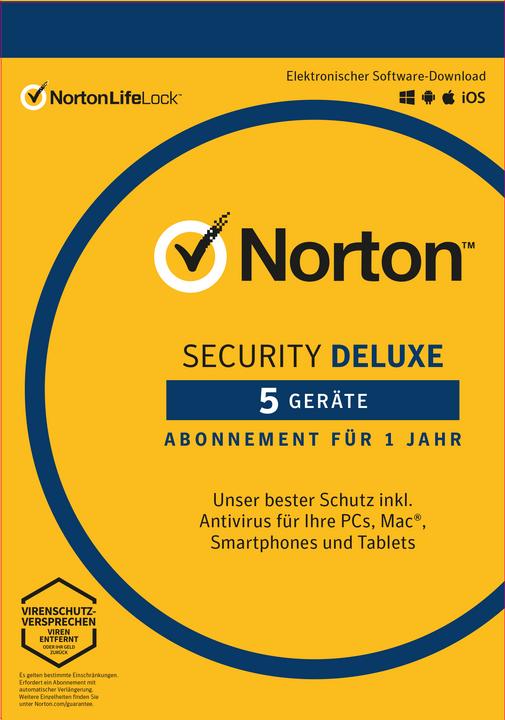
Three villains who want to spoil our everyday Internet life and how to protect yourself
You're still surfing the internet somewhere at 11 pm. You're looking at pictures of cats on some strange site. You don't know how you got there, but you were just careless for a moment. You click on a link and immediately regret it. Everyone knows this, me too.
The internet harbours countless dangers that can harm your computer. The advice "don't click on things that seem strange" still applies, but for us this advice is not enough. That's why we asked Symantec what the three biggest threats currently are. It's not necessarily about the greatest possible damage, but also about the spread and simplicity of the malware.
BACKDOOR.DARKMOON
Backdoor.Darkmoon is not a new album by your favourite Swedish death metal band, but malware that is after your data. It spreads via phishing emails. It lures you in with tempting headlines and tries to trap you. By secretly installing malware, Backdoor.Darkmoon opens a backdoor and sends your data to a place where the real villain can make himself at home.
How do you protect yourself?
- Always look carefully at the sender of emails
- Don't click on any URLs - if you do, copy them into your browser
- Do not open any strange attachments
- Transport service providers are very popular for phishing, they lure you in with alleged delivery details
TROJAN.CRYPTOWALL 4.0
Trojan.Cryptowall 4.0 is the Scrooge of today's bad guys. The good guy doesn't plant bombs, but he encrypts your data and uses it to blackmail you. If you don't pay, the data disappears into thin air.
How do you protect yourself?
Regular backups are the solution. Of course, the backup must not be stored in the same network or even on the same device. It is best to use an external hard drive that you only connect to your computer for the purpose of a backup. When the backup is finished, put it back in the cupboard or drawer.
W32.KOOBFACE
The W32.Koobface worm is very fond of social networks and is also very communicative. But not in the way we would like it to be. It spreads via links, preferably in social networks. If it catches you, you become part of a whole new Community - a so-called botnet.
How do you protect yourself?
There is little that can be done on the software side against W32.Koobface, as the user himself gives the command to execute it. It is therefore primarily up to you to defend yourself against the worm:
- Think twice about which links you click on
- Don't simply ignore warnings from your security software and swallow your curiosity
But we can announce something for the curious: The annual Norton Security Report will be published at the beginning of November. We'll be looking forward to it in due course. Because your security is important to us.
Until then, go about your everyday life a little more securely with the products from Norton Security.


